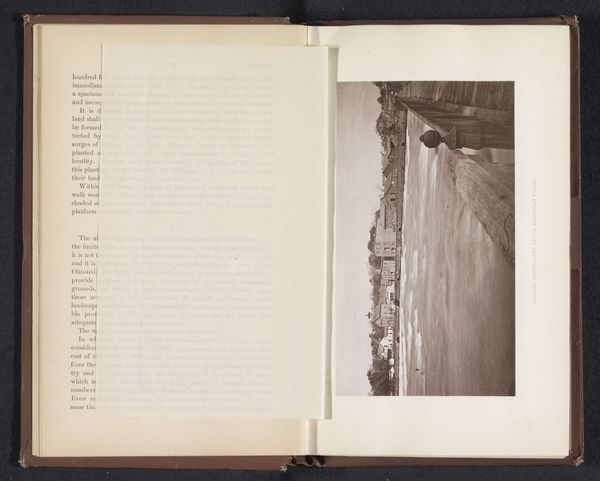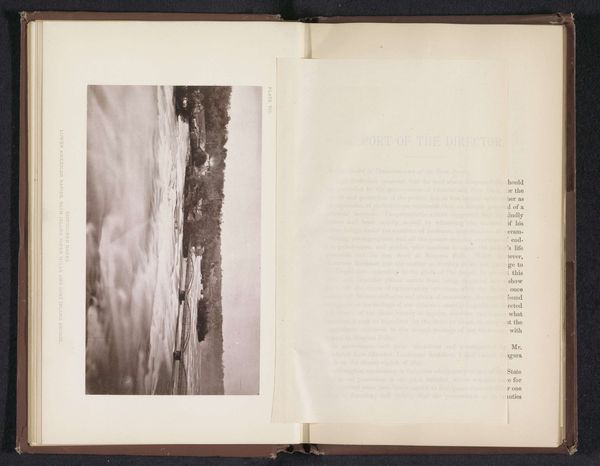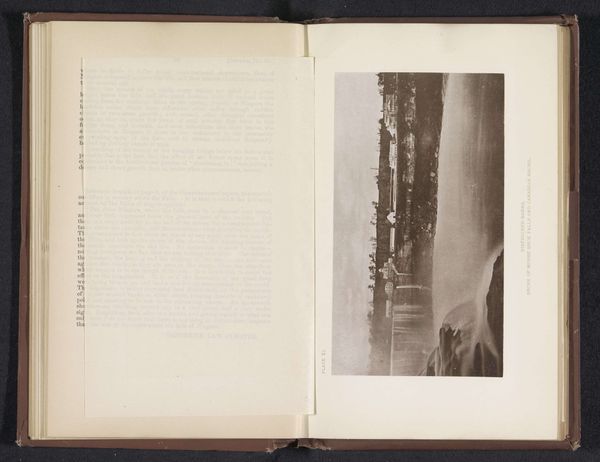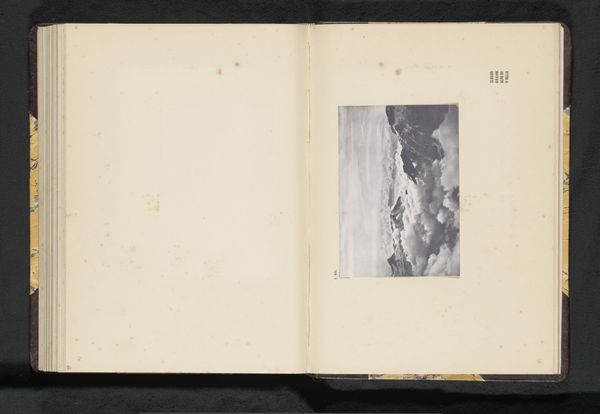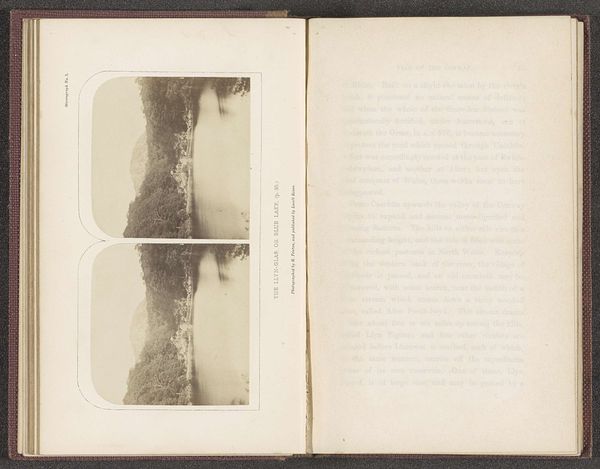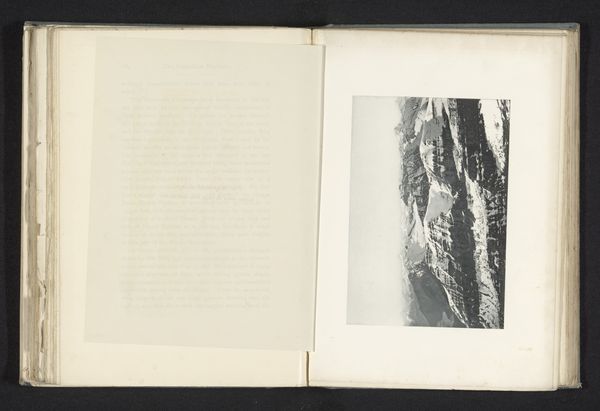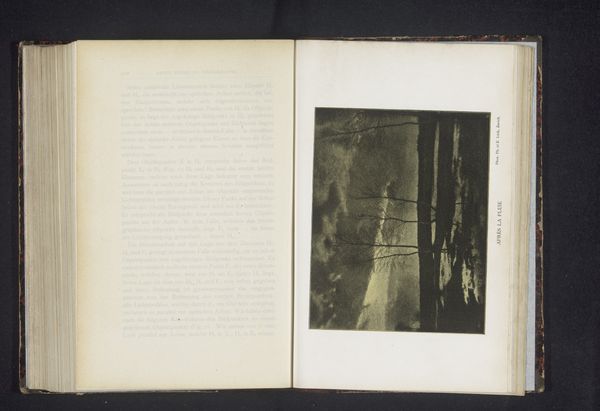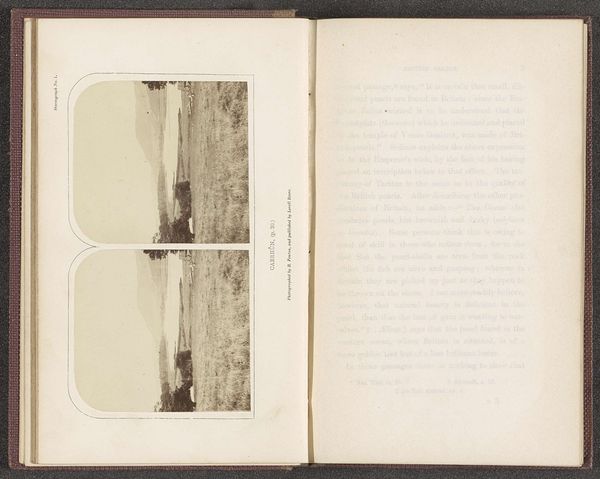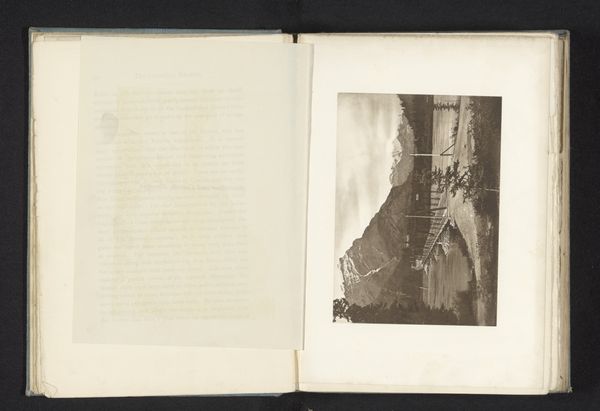
Gezicht op stroomversnellingen in de Niagara en de oever van Goat Island before 1880
0:00
0:00
photography, gelatin-silver-print
#
pictorialism
#
landscape
#
photography
#
gelatin-silver-print
Dimensions: height 98 mm, width 172 mm
Copyright: Rijks Museum: Open Domain
George Barker made this photograph of Niagara Falls sometime between 1860 and 1890. It is a silver print, a process that dominated photography in the second half of the 19th century. The silver print was a mainstay of commercial photography for its sharpness and reproducibility. To create it, a thin glass plate was coated with light-sensitive silver compounds. After exposure in the camera, the photographer used darkroom chemistry to develop the image, fix it, and print it onto paper. Barker operated a commercial studio near Niagara Falls, catering to tourists eager to acquire views like this. These photographs were material records of their travels, and also promoted the Falls as a must-see destination. The image, therefore, is an artifact of burgeoning mass tourism and the commercial forces that reshaped natural wonders into commodities. The photograph asks us to think about the relationship between art, industry, and the commodification of nature in the late 19th century. It prompts us to expand our understanding of how art intersects with wider social and economic contexts.
Comments
No comments
Be the first to comment and join the conversation on the ultimate creative platform.
